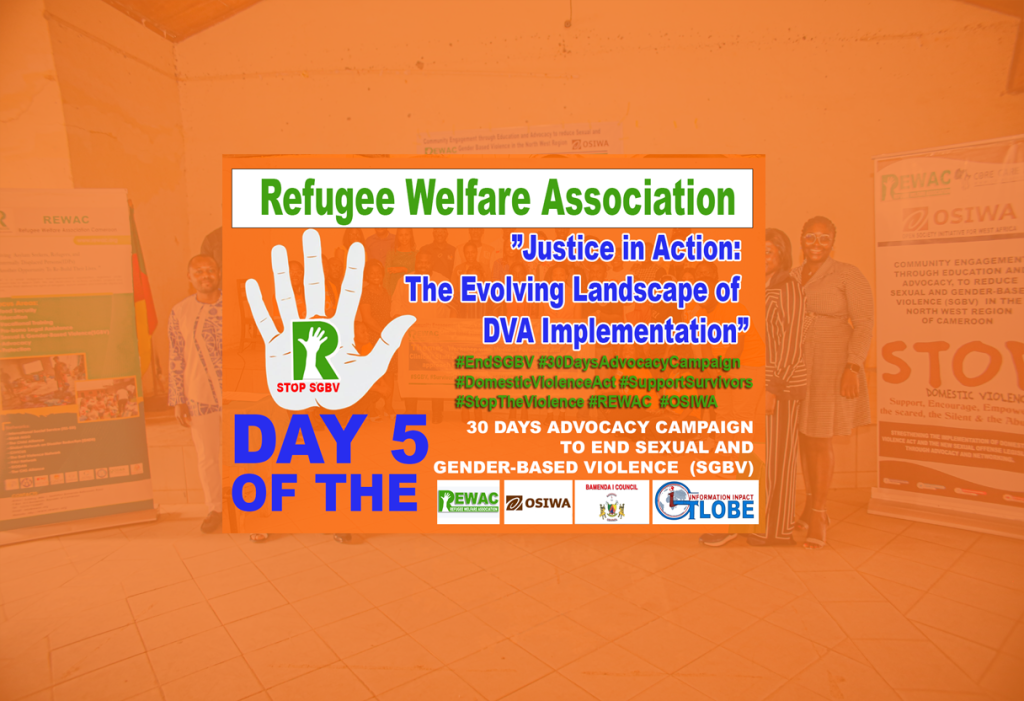
Day 5: Justice in Action: The Evolving Landscape of DVA Implementation
The Domestic Violence Act (DVA) stands as a cornerstone in the fight against Sexual and Gender-Based Violence (SGBV). However, the journey from legislation to effective implementation is complex and ongoing. This article explores the current legal landscape, offering insights from key judicial figures and highlighting both the challenges and progress in DVA implementation.
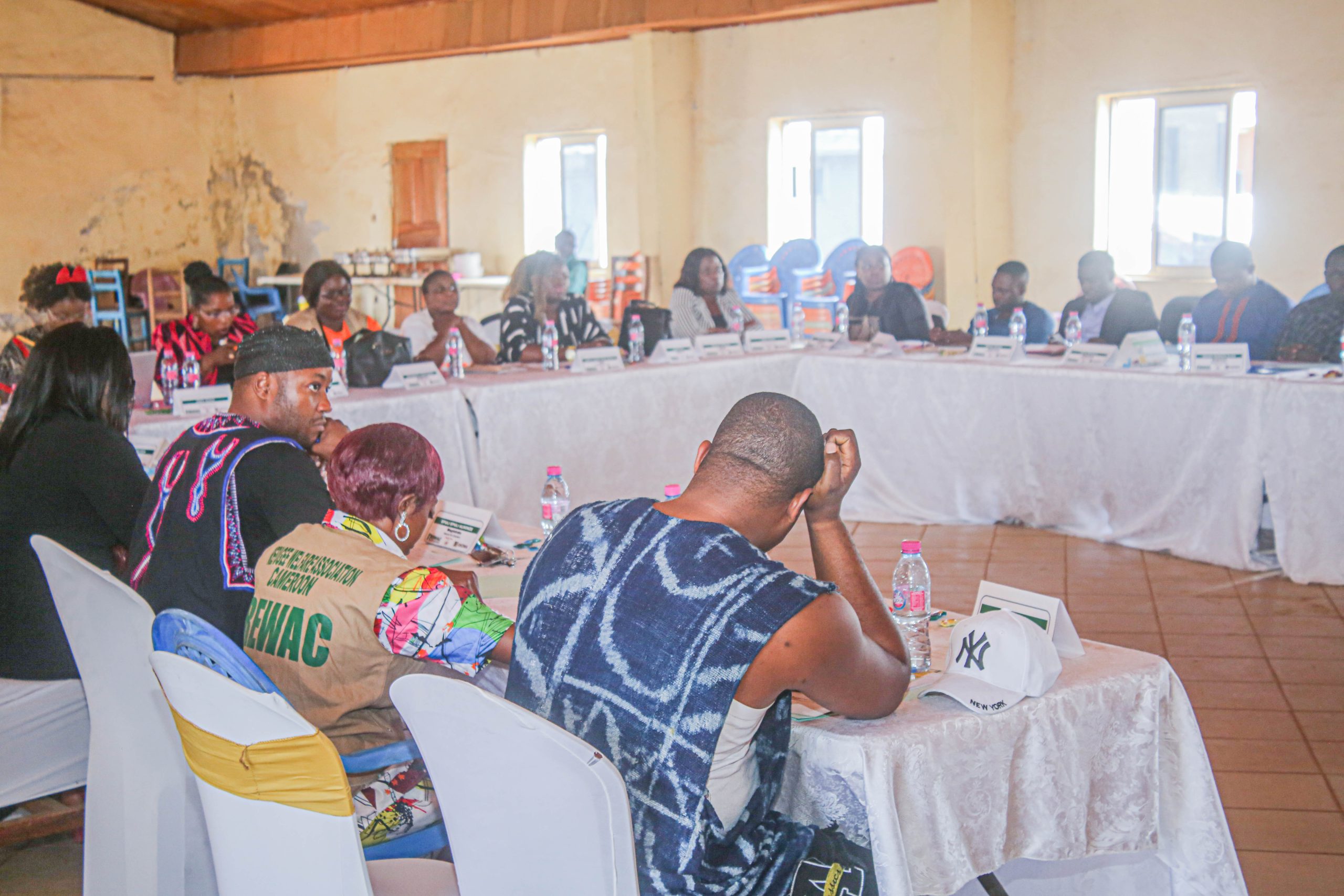
Insights from the Bench
Recent meetings with magistrates and judges have shed light on the nuances of implementing the DVA. Justice Mrs Gana Patience, (of the Ngoketunjia High Court, Ndop), shares her perspective:
“The DVA has given us powerful tools to protect survivors and hold perpetrators accountable. However, its effective implementation requires a shift in judicial mindset and practices. Our recent meetings have focused on interpreting the law in a way that truly serves justice and protects the vulnerable.”
Key insights from these judicial meetings include:
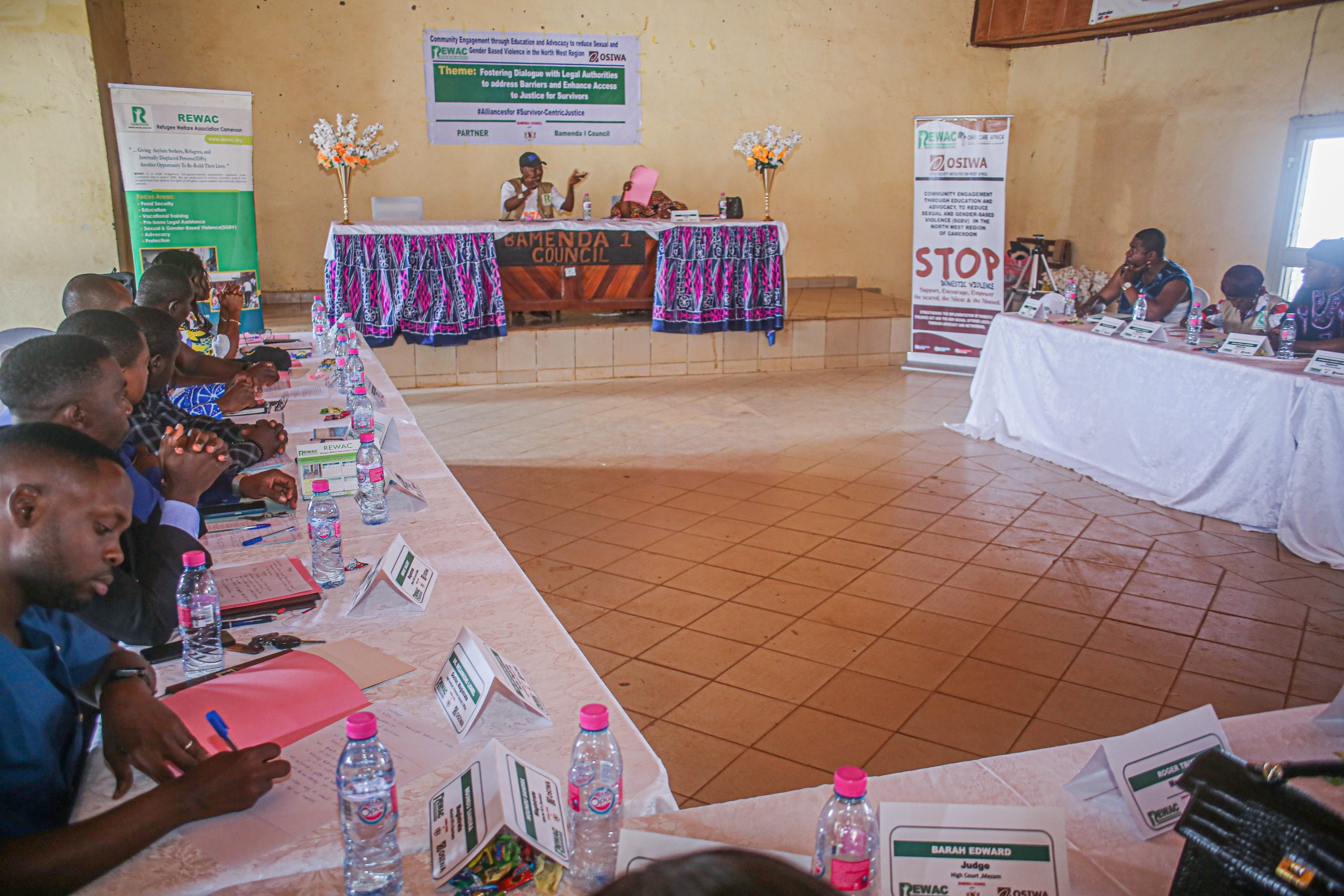
- Trauma-Informed Court Procedures: “We’re working on creating a more supportive environment for SGBV cases,” Judge Rodriguez explains. “This includes measures like allowing video testimonies to minimize re-traumatization of survivors.”
- Specialized Training: Magistrates and judges are undergoing specialized training to better understand the dynamics of domestic violence and the specific provisions of the DVA.
- Balancing Act: The judiciary is grappling with balancing the rights of the accused with the need to protect survivors and prevent further violence.
- Interpretation Challenges: Discussions have centered on interpreting some of the more nuanced aspects of the DVA, ensuring consistency across different courts.
Challenges in DVA Implementation
Despite progress, several challenges remain in fully implementing the DVA:
- Resource Constraints: Many courts lack the resources to implement all provisions of the DVA, such as separate waiting areas for survivors and accused.
- Cultural Barriers: Deep-rooted cultural norms sometimes conflict with the spirit of the DVA, making enforcement challenging.
- Awareness Gap: There’s still a significant lack of awareness about the DVA among the general public, which affects reporting and utilization of legal protections.
- Coordination Issues: Effective implementation requires seamless coordination between courts, law enforcement, and support services – a goal that’s still being worked towards.
- Backlog of Cases: The increasing number of reported cases has led to a backlog, potentially delaying justice for survivors.
Progress in DVA Implementation
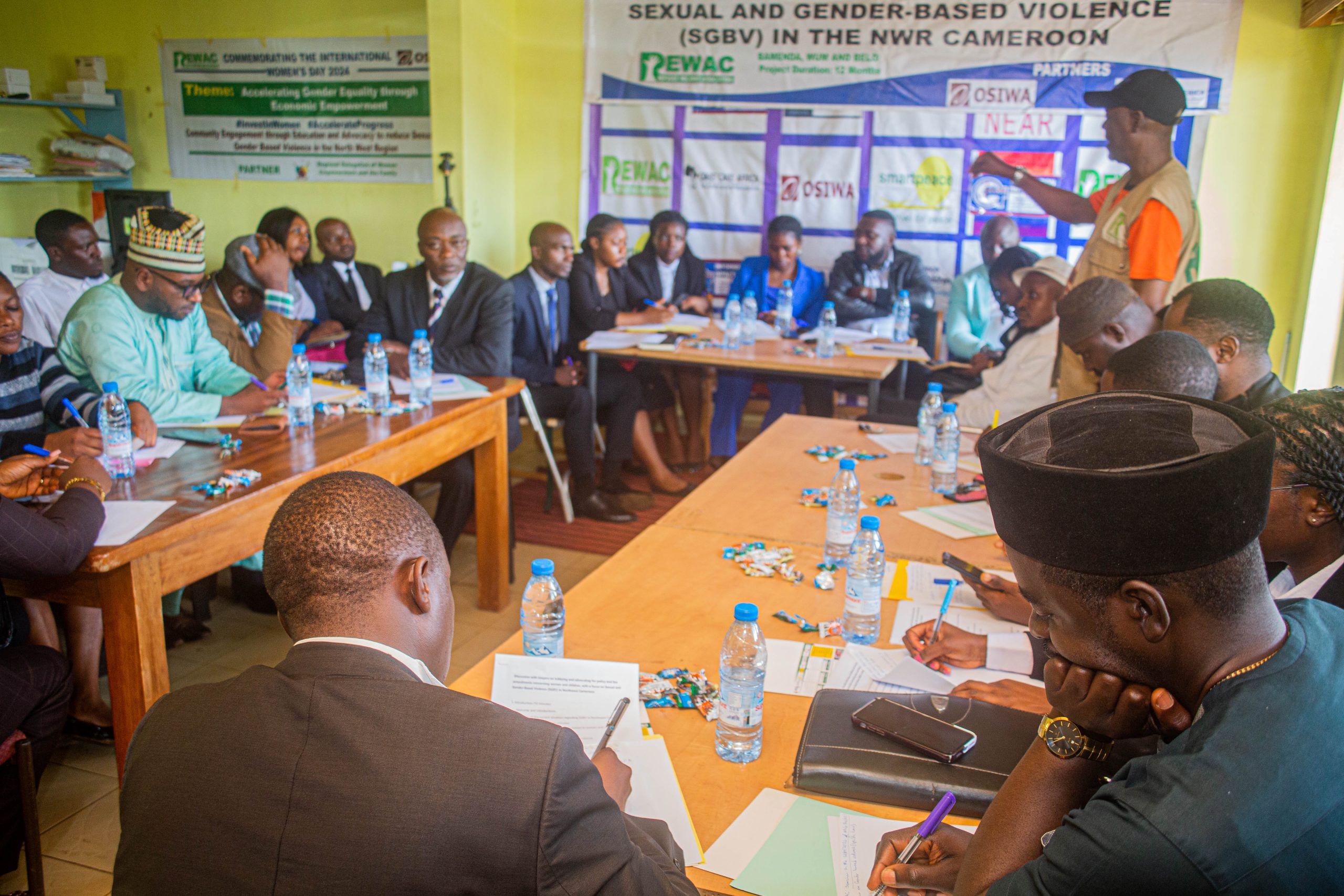
Despite these challenges, significant progress has been made:
- Specialized Courts: Some jurisdictions have established specialized domestic violence courts, allowing for more efficient and sensitive handling of cases.
- Improved Protection Orders: The process for obtaining and enforcing protection orders has been streamlined in many courts.
- Judicial Guidelines: Comprehensive guidelines for handling DVA cases have been developed and disseminated to ensure more consistent application of the law.
- Survivor-Centered Approach: There’s a growing emphasis on adopting a survivor-centered approach in legal proceedings, prioritizing the safety and well-being of those who have experienced violence.
- Increased Convictions: Some jurisdictions report an increase in conviction rates for domestic violence cases, indicating more effective prosecution under the DVA.
The Path Forward
Barrister Awah Joseph Fru (Attorney), who has been at the forefront of DVA implementation efforts, offers a perspective on the future:
“While we’ve made significant strides, there’s still work to be done. Our focus now is on continued training, improving inter-agency coordination, and finding innovative ways to overcome resource constraints. We’re also pushing for amendments to the DVA to address some of the implementation challenges we’ve encountered.”
As the legal landscape continues to evolve, the commitment of the judiciary to effective DVA implementation remains strong. Through ongoing dialogue, training, and adaptation, the hope is to create a legal environment where the promise of the DVA is fully realized – providing justice and protection for all those affected by domestic violence.
According to Barrister Inusa Karimu “The victim of SGBV Cannot be blamed”:
“As a legal professional with years of experience in SGBV cases, I cannot stress enough that ‘The victim of SGBV Cannot be blamed.’ This fundamental truth is often overlooked in our society, leading to further trauma for survivors. SGBV is always the fault of the perpetrator, never the victim. Regardless of a person’s clothing, behavior, or circumstances, they never ‘ask for’ or deserve violence.”
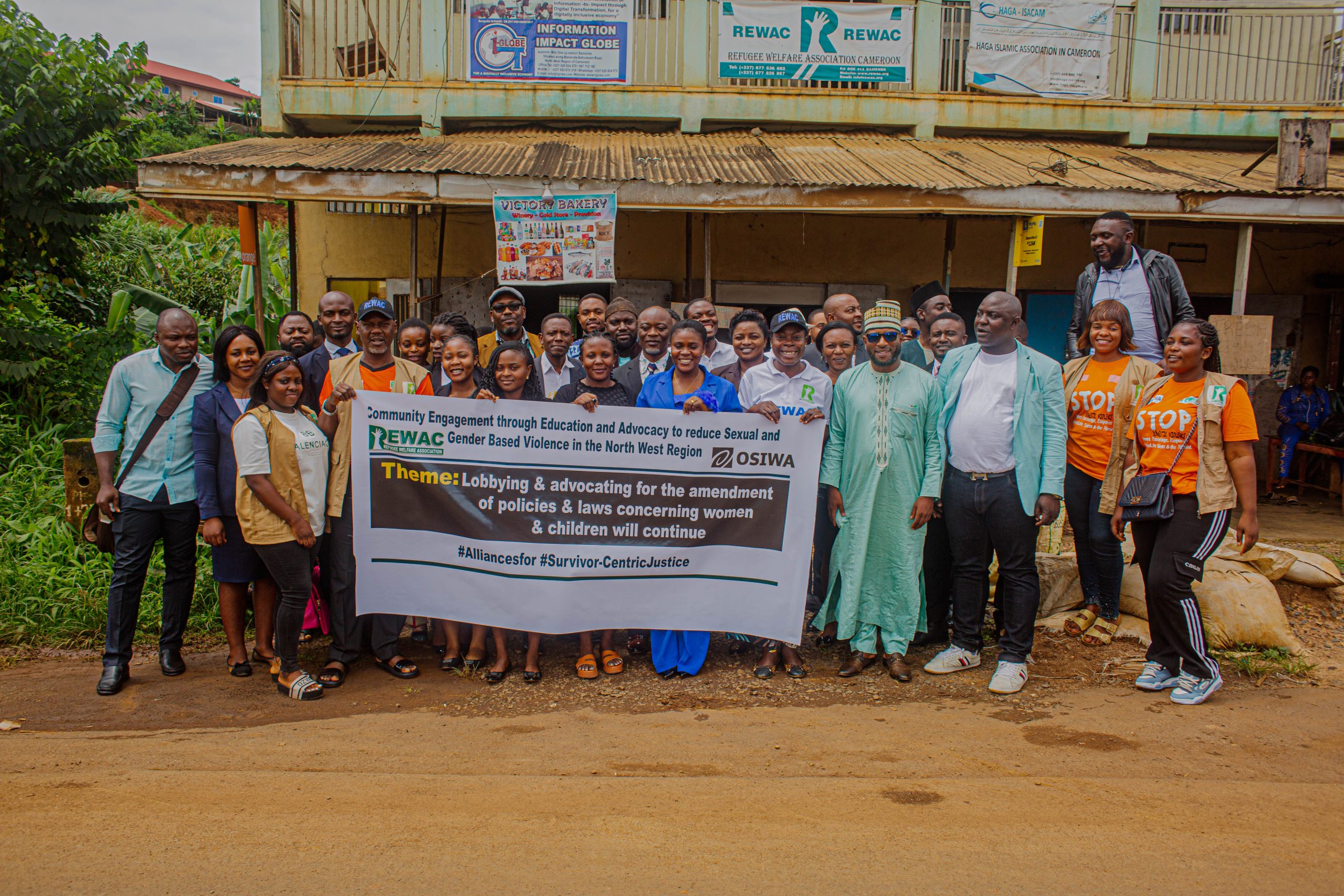
This victim-blaming mentality not only re-traumatizes survivors but also discourages reporting and seeking help. It’s crucial that we, as a society and legal system, unequivocally support survivors and hold perpetrators accountable. Only by firmly rejecting victim-blaming can we create an environment where survivors feel safe to come forward and where justice can truly be served.
The journey of DVA implementation is ongoing, but with each step, the legal system moves closer to providing the protection and justice that survivors of domestic violence deserve.
Please Join us to help build Resilience for GBV Survivors via our Resilience Building Fundraising Campaign on Global Giving via this link https://www.globalgiving.org/projects/resilience-building-for-gbv-survivors/


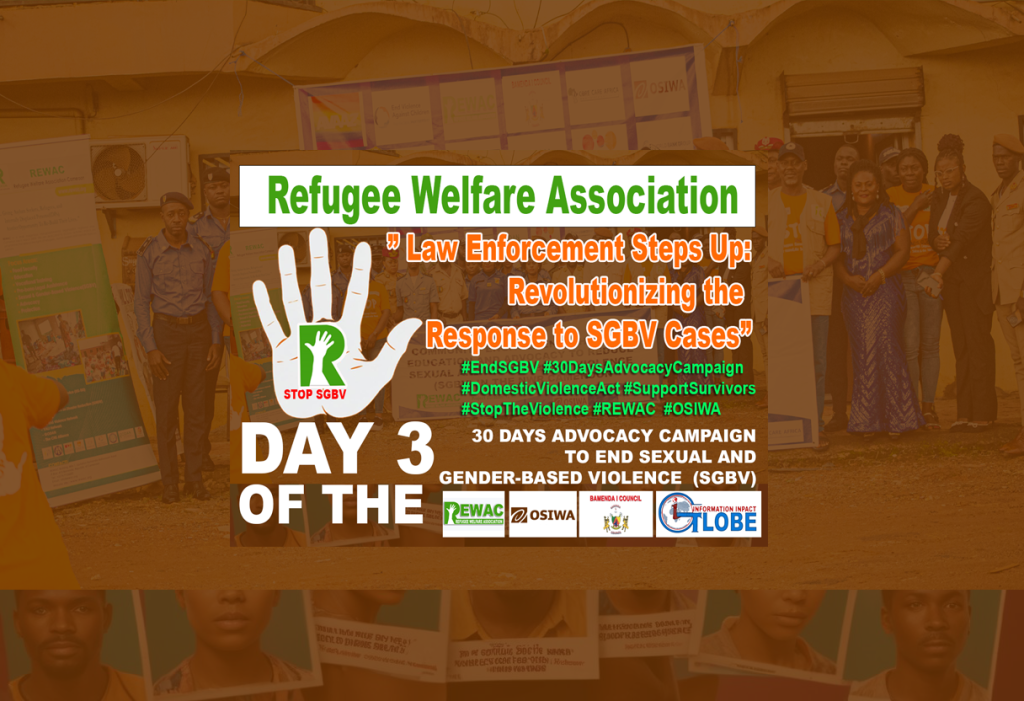
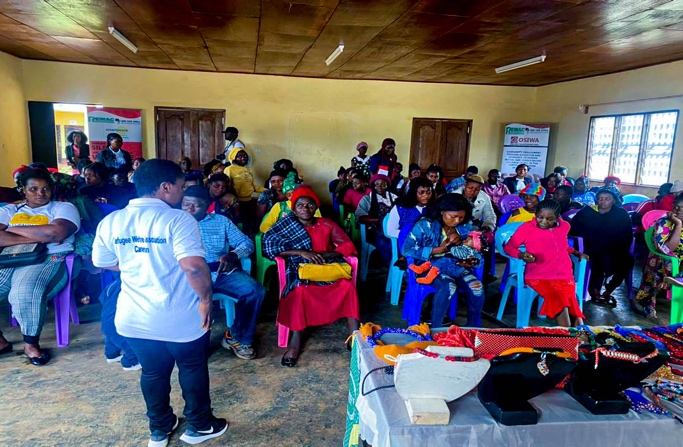
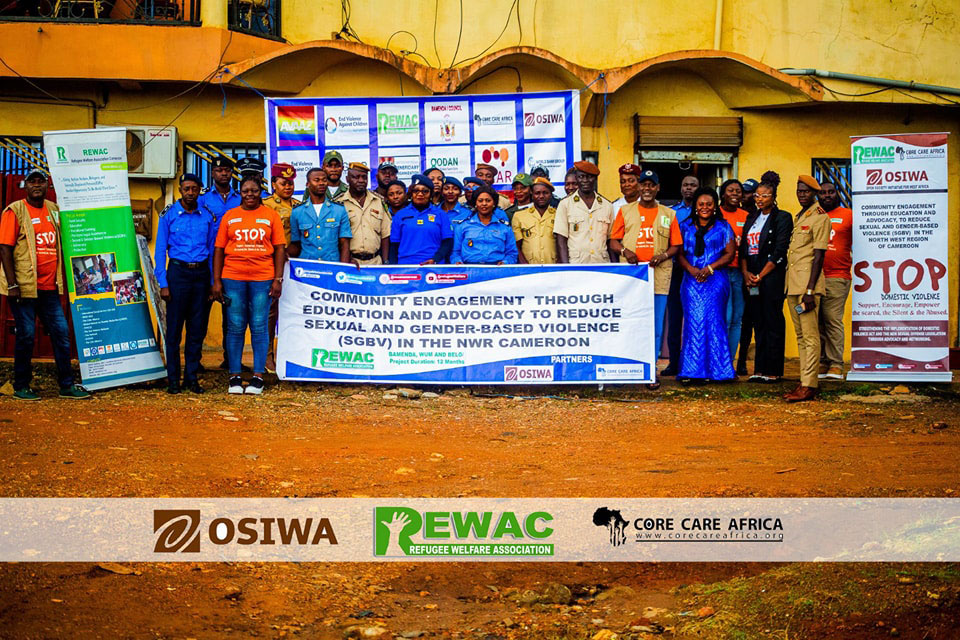
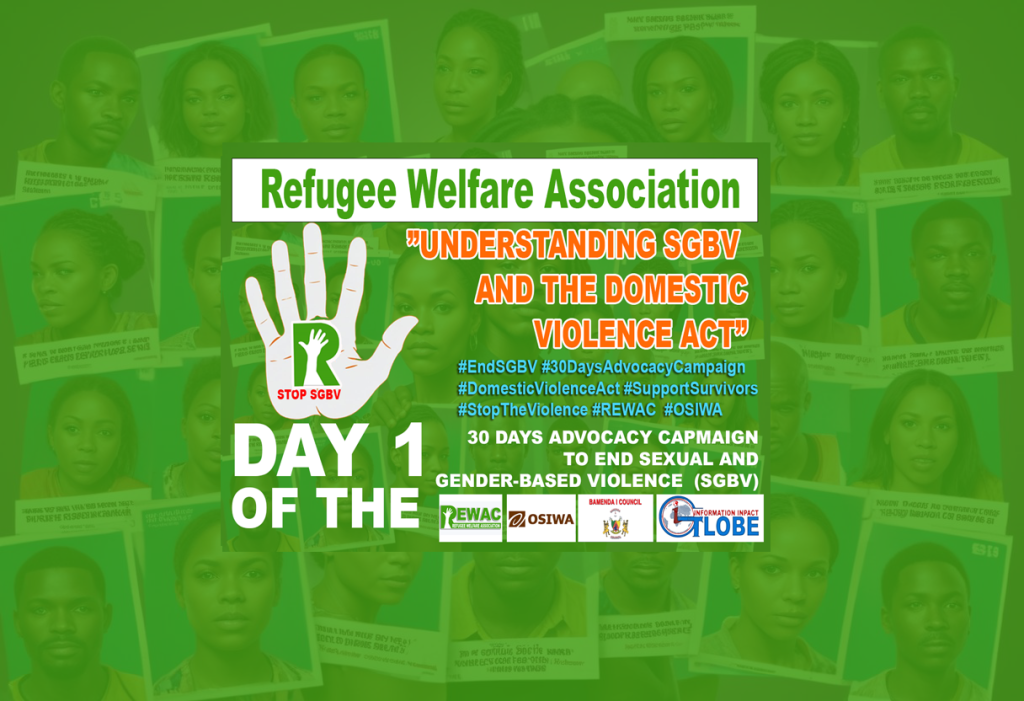



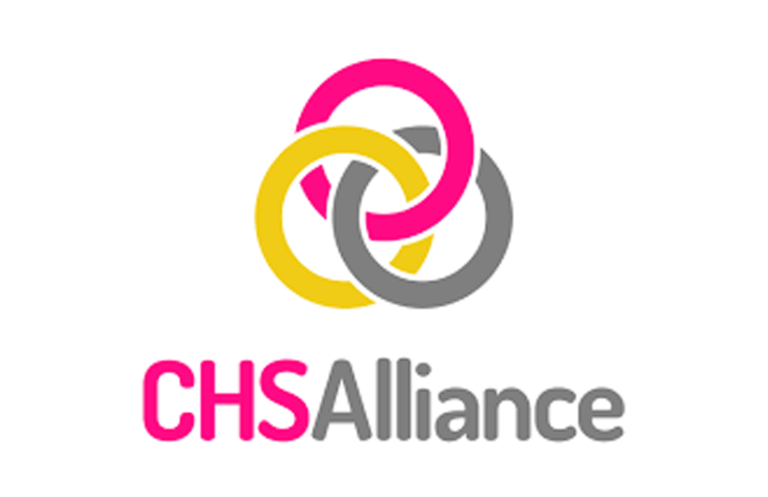

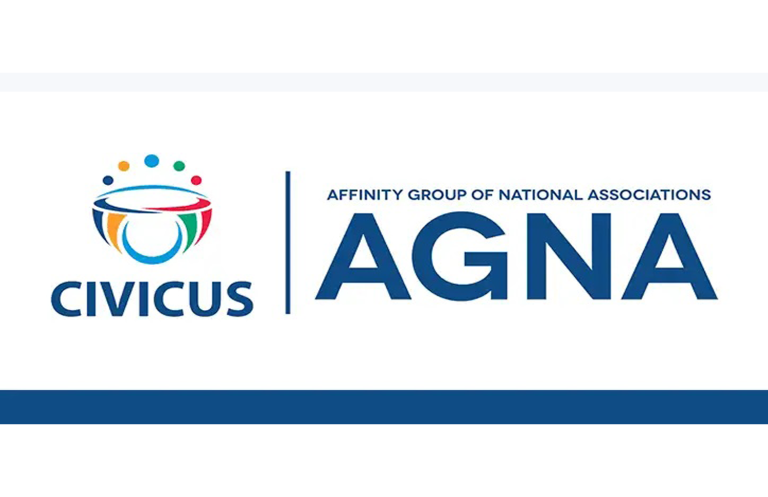
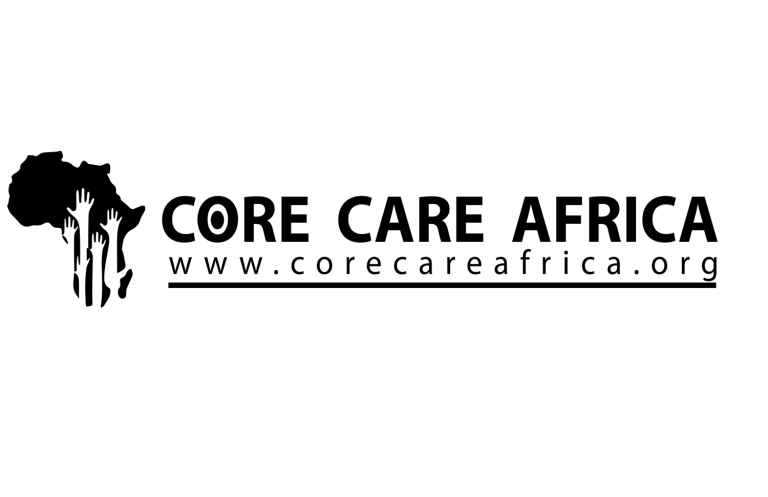




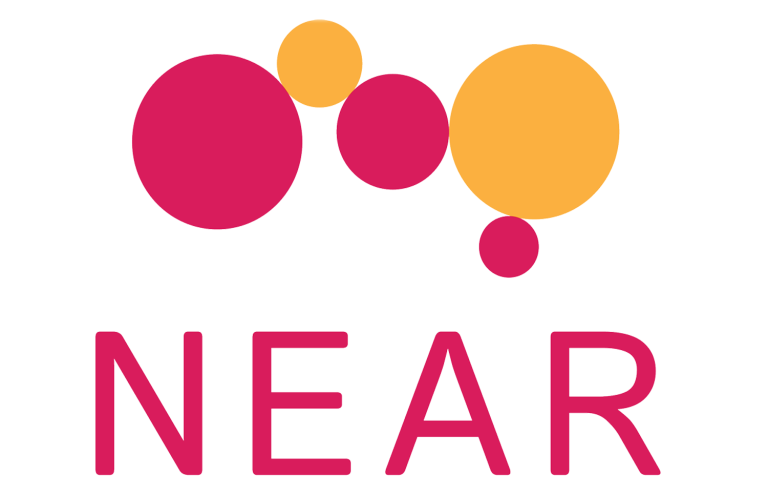




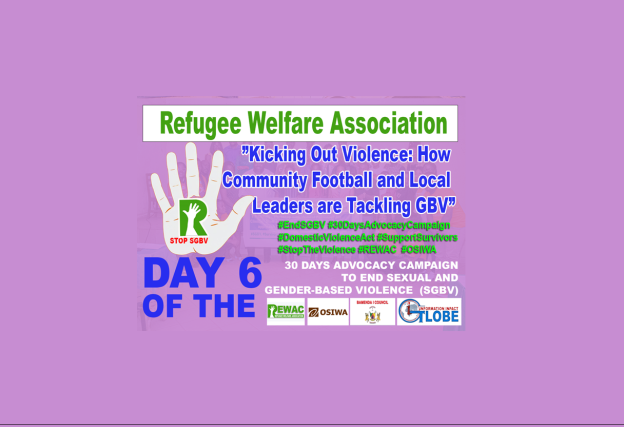
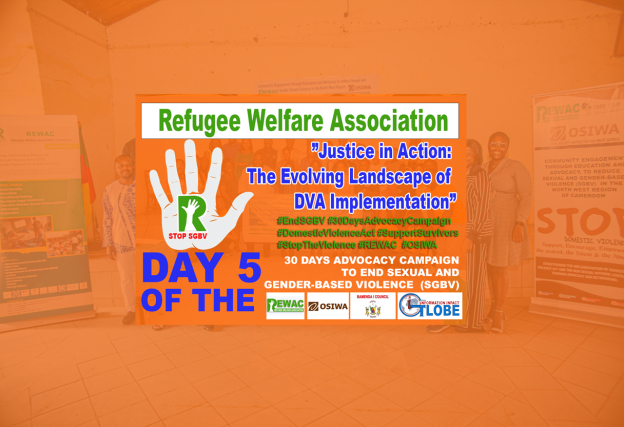
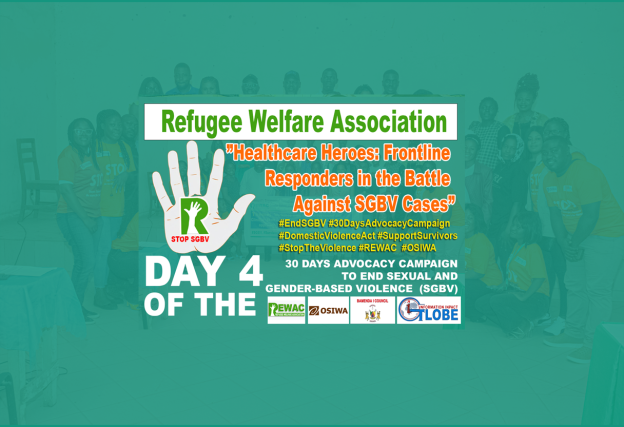
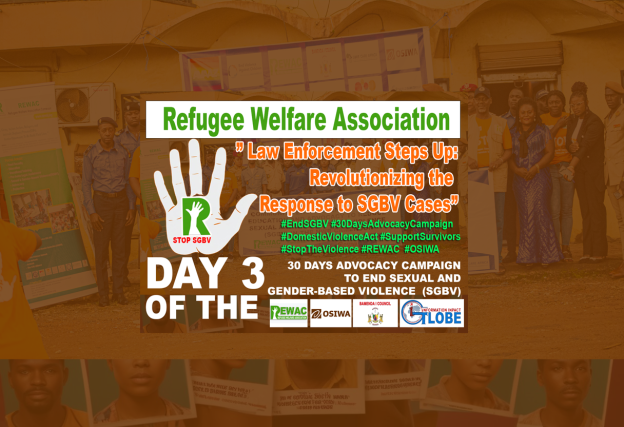
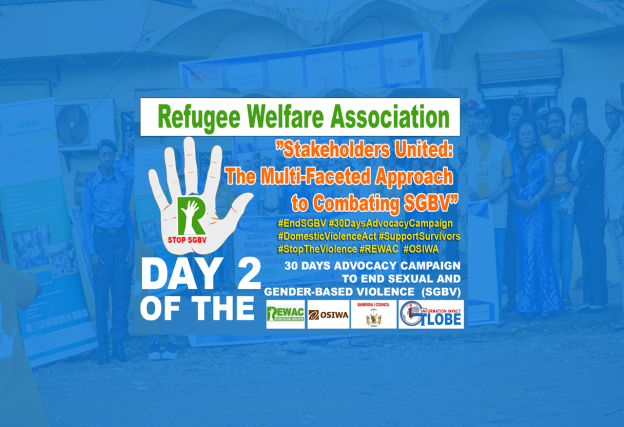

Responses